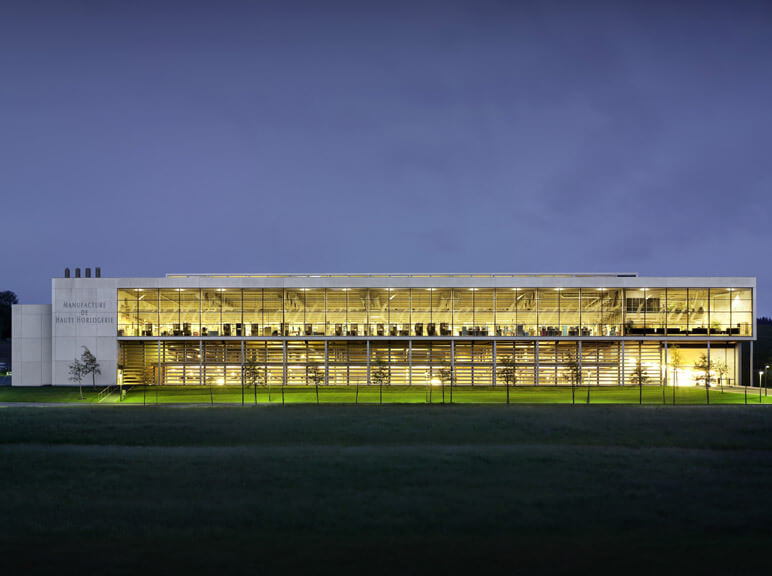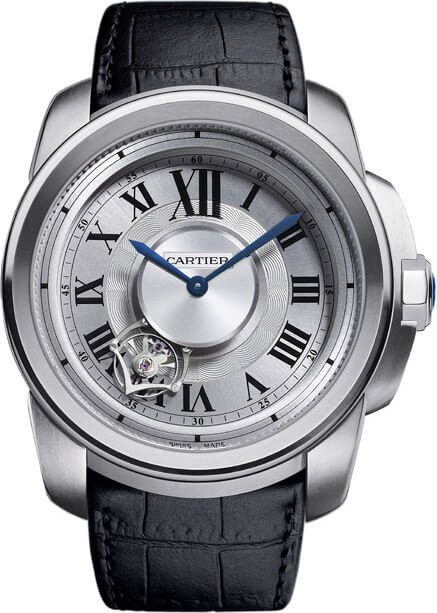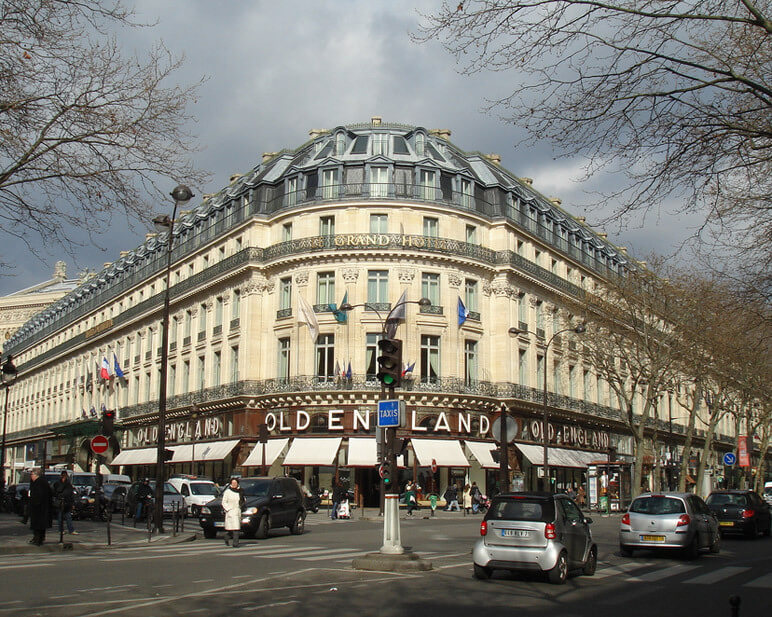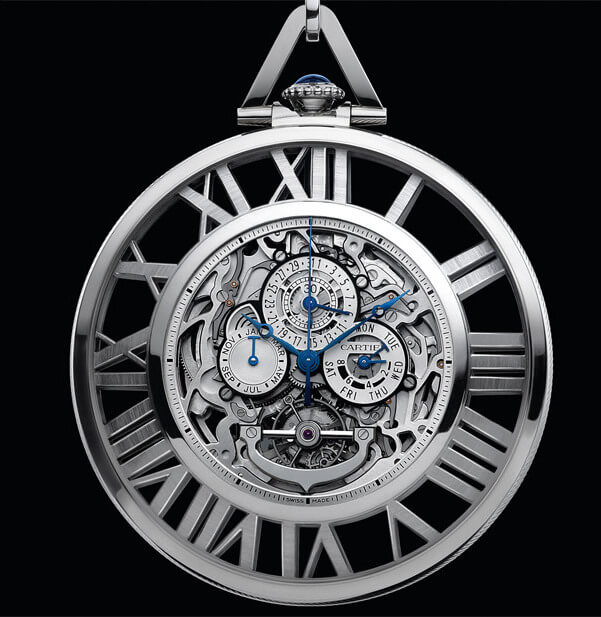Cartier’s manufacturing plant in Le Crêt-du-Locle, down the road from La Chaux-de-Fonds, has become as much a part of the landscape as the Jura mountains. One of the region’s major production sites, it employs close to a thousand people. The main building went up in 2001 and was extended in 2007. Four years later, and the company has run out of space again, to the point that the manufacturing of certain components has had to be relocated to other Cartier sites.
“We’re making room wherever we can,” says site manager Jean-Kley Tullii, wryly. And for good reason: the Manufacture has grown into the nerve centre for Cartier’s fine watchmaking. The remarkable breakthrough into the upper echelons of horology which the brand has orchestrated over the past four years has given kudos to time measurement by Cartier, which boasts six other production sites in the Swiss cantons of Fribourg, Neuchâtel, Jura, Geneva (vital for the Poinçon de Genève) and Valfleurier. The latter, which supplies movements and parts to the entire Richemont group, is slated for extension in Val-de-Travers at a cost of CHF 100 million (USD 105 million / EUR 82 million), with new jobs to follow. Valfleurier aside, some 1,600 staff are employed in the production of Cartier timepieces.
Jostling for space
It seems, however, that this is not enough. At end November 2011, Cartier announced plans to take on 600 staff across its various production sites as part of a longer-term strategy to hire some 2,000 people over two years. Meanwhile, the company is on the lookout for land, also in Val-de-Travers, on which to build a new production site that should ultimately employ several hundred staff. All of which suggests Cartier watches are hitting the right notes, as estimates by Banque Vontobel confirm. According to the Zurich-based private bank, in 2010 Cartier watch sales recorded revenues of CHF 1.8 billion (USD 1,9 billion / EUR 1,5 billion). This represents 42% of total revenues for the company whose other main business is jewellery, alongside leathergoods and accessories (including fragrance, eyewear, writing instruments, lighters and scarves).
The means to an end
Cartier’s concerted efforts to build a repertoire in Fine Watchmaking have had no small bearing on this new balance between the company’s two core businesses. “Cartier has gone from an assembler of parts to a full-fledged manufacturer,” declared Carole Forestier, head of fine watch movement development, at the presentation of the brand’s new timepieces for 2012. “In the space of four years, we have produced 15 calibres including the 1904 MC, our in-house base movement that equips the Calibre de Cartier watch and powers several other fine watches.” Needless to say, Cartier didn’t pluck such a profusion of timepieces – achieved with rare aesthetic coherence – out of thin air.
On the contrary: the company has ploughed resources into its fine watch business. Thirty people work on movement design and development; in the prototype studio, eleven people are kept busy at the CNC machines; thirty specialised staff are employed to machine parts and a further four to decorate movements. Assembly, after-sales service and restoration use the services of forty master watchmakers, not forgetting the ten people in the testing and validation laboratory. This integration is mirrored by how the Le Crêt-du-Locle site has been organised, with the flow of production structured into cells aimed at creating complete complementariness.
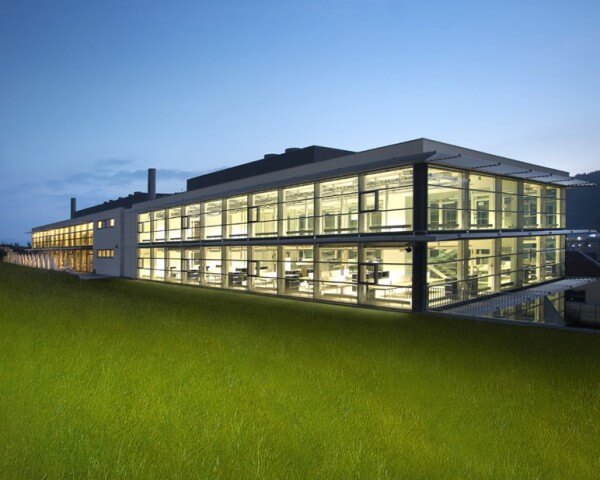
Three lines of development
So much for the practical side. What really lies behind Cartier’s giant strides in fine watchmaking is a threefold philosophy. “First we emphasised creativity,” explained Carole Forestier. “This turned up new designs and some original skeleton watches in particular. We then put a new twist on classic grandes complications, which produced models such as the Chronographe Centrale or the Astrotourbillon, to name but two. Lastly, we set out to invent new mechanisms, which has given us the Astrorégulateur, for example.” Anyone fortunate enough to visit the Cartier Time Art exhibition as it travels to cities around the globe will see how this new interpretation of time measurement has blossomed and so quickly matured.








